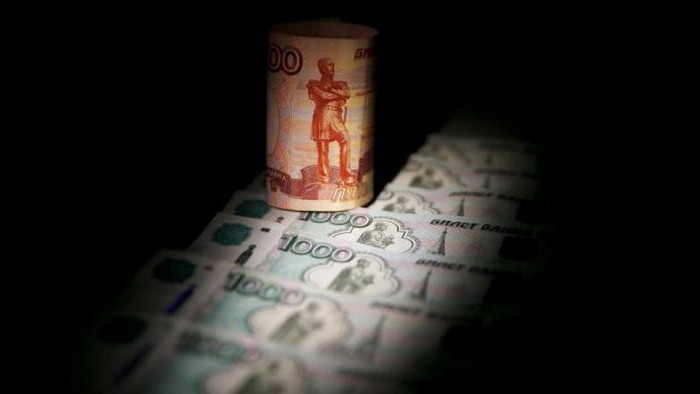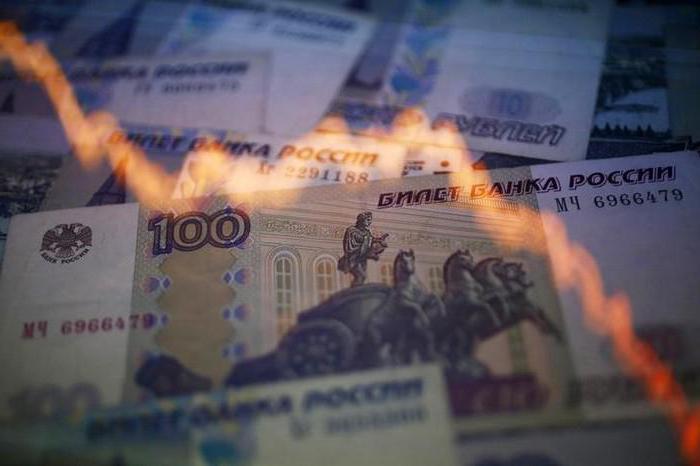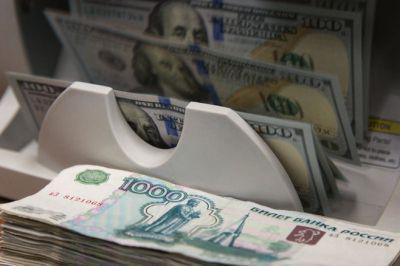According to the BC, budget revenue is part of the national profit to be centralized and distributed. It can be formed due to various receipts. Let's consider them in more detail. 
General information
Budget revenues are divided into regulatory and own. The latter are revenues that are fixed on an ongoing basis partially or fully at the appropriate levels.
Own profit is made by gratuitous transfers and tax revenues. The latter are formed by mandatory deductions from legal entities and citizens established at the federal level. They include, among other things, fees coming under the special taxation regimes provided, fines, penalties, regional and territorial payments.
On non-tax revenues of the budget of the Russian Federation
Non-tax revenues include revenues from profitable activities:
- Lease of property owned by the state.
- Administrative payments.
- Compensation to the state.
- Profit from the sale of property owned by the state, except for proceeds from the sale, regulated by legislation from privatization.

Non-tax revenues are also generated from revenues from the use of property owned by the state. These may be dividends on securities, proceeds from the placement of financial assets and other ways of participating in capital.
Various fines and deductions are included in the same category. Non-tax revenues are generated, including from deductions from the salaries of those sentenced to restriction of service (military), corrective labor, persons exempted from criminal liability with administrative involvement. The same category includes fines for offenses and crimes.
Other non-tax revenues
The following amounts are included in this category:
- Received illegally.
- Used not for their intended purpose or in violation of the requirements of the law and subject to return in accordance with the results of audits.
- Compensation for shortages in material assets identified during inspections.
- Amounts received from the delivery of recyclables, waste precious metals, scrap.
- Revenues from the sale of books, suggestions and comments.
- Costs recovered in favor of the state, and so on.

Gratuitous income
The category of gratuitous income includes:
- Grants, subsidies from other budgets.
- Gratuitous receipts from legal entities or citizens, governments of foreign countries, interstate organizations, including voluntary donations.
- Subventions from the regional or state budgets, other transfers.
Federal level
State budget revenues are generated from own tax revenues. The exception is those that are transferred in the form of regulatory contributions to other levels. The composition of the funds also includes all non-tax revenues.
At the federal level, the revenues of regional funds are concentrated. They are centralized for targeted allocation to the implementation of activities of national importance. Tax revenues at the federal level are formed from customs and state duties, fees and other mandatory contributions.

Additionally
Non-tax revenues of the budget of the Russian Federation are formed from certain revenues:
- Revenues from the sale and use of property owned by the state.
- Part of the profits received from unitary enterprises formed by the Russian Federation.
- Central Bank revenues according to the standards defined in the Federal Law.
- Profit from foreign economic activity.
- Proceeds from the sale of government reserves and reserves.
Regional level
Tax revenues of budget funds of entities are formed at the expense of relevant fees and other mandatory contributions. Their list and tariffs are determined in the Tax Code. The proportions of the distribution of these revenues between the regional and local levels are established in the Federal Law governing the foundations of territorial self-government, as well as the Law on the budget of the subject for the coming year.
In addition, part of the regulatory federal contributions, distributed according to the standards defined in the relevant legal acts, takes part in the formation of profit. The exception is income that is transferred to the local level according to the rules of budget regulation.

Another component
Non-tax regional income is generated from certain deductions:
- Proceeds from the sale of property held by entities.
- Part of the income of unitary enterprises formed by regional authorities. It is taken into account after payment of all mandatory contributions established in the legislation of the subject.
- Revenues from paid services provided by budgetary organizations under the jurisdiction of regional state bodies. The procedure and standards for their deduction are determined in federal legislation and legal acts of entities.
Territorial level
Tax revenues are:
- State duty.
- Deductions from regulatory regional and federal taxes.
- Own revenues from territorial fees and other obligatory payments provided for in the Tax Code.
Non-tax revenues of local budgets form:
- Revenues from unitary enterprises of the Moscow Region.
- Profit from the provision of paid services by local authorities and organizations under their jurisdiction.
MO has at its disposal property. Municipal property may be sold or leased. Proceeds from sales are also recognized in profit or loss.

Analysis
Among the most common methods of forecasting and budget planning, it should be noted ways:
- economic analysis;
- mathematical modeling;
- extrapolation;
- balance;
- index and so on.
Economic analysis acts as an integral element of the forecasting and planning process. It is implemented both at the micro and the macro level. The analysis uses a systematic approach. The key structure is the economy and its parts. The essence of the method is that a certain process or phenomenon is divided into components, after which the relationship and the impact of each element on each other and on the development of the economy are revealed.
The analysis contributes to the disclosure of the essence of the process, the establishment of patterns of changes in the planning period. It allows you to evaluate the opportunities and options for achieving goals. It is impossible to predict costs without analyzing budget execution. It makes it possible to establish the degree of implementation of indicators for the past period.
At the stage of the formation of articles, the main emphasis is on the discovery of reserves to increase revenue. In this regard, the activity of all authorities is analyzed. Within its framework, it is checked how efficiently the state or municipal property is used, the timeliness and completeness of mandatory contributions, etc. All this helps to determine the most productive areas of activity of the authorized bodies, to identify shortcomings and errors in the work.
